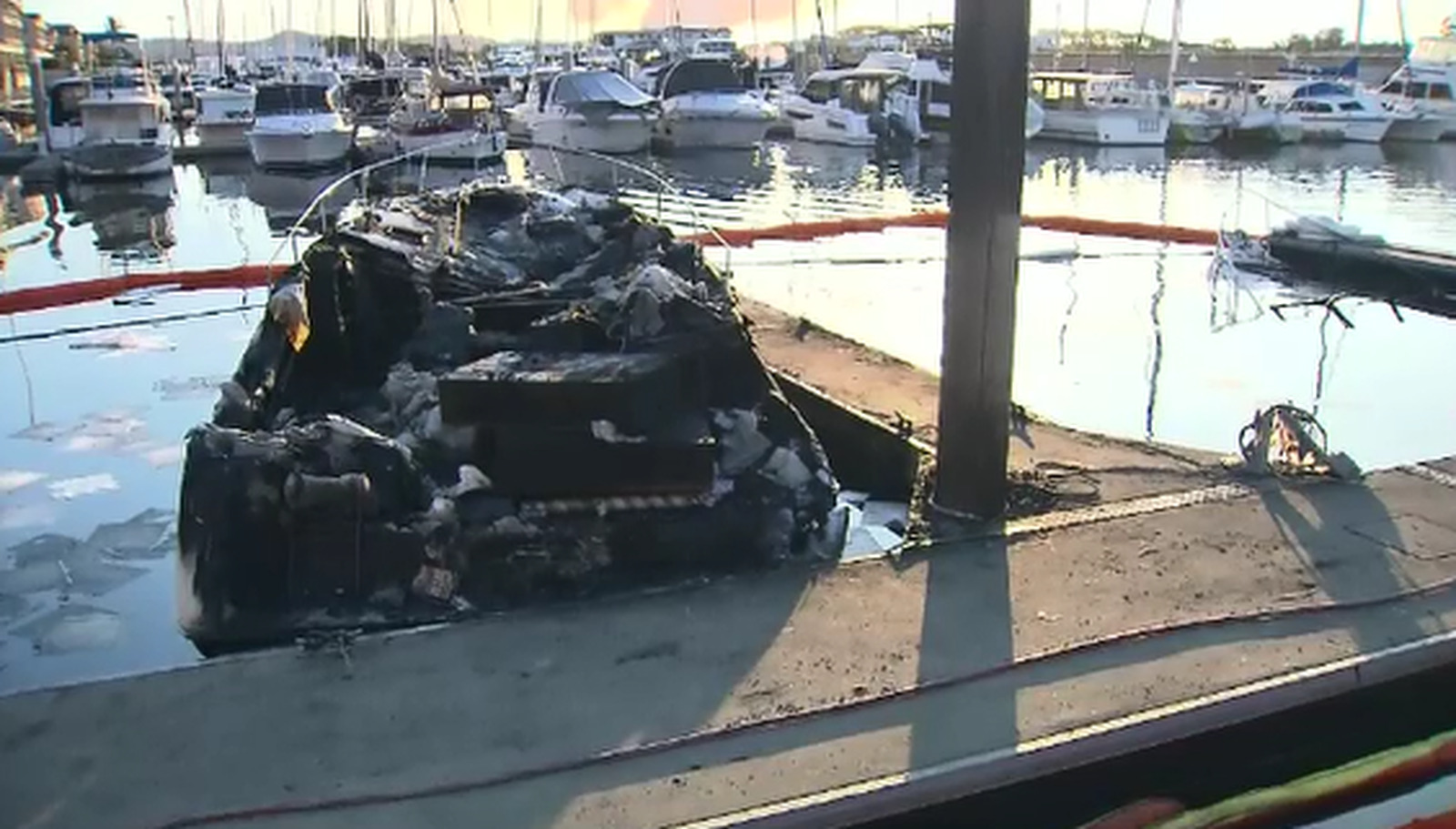
Understanding your boat’s electrical installations and maintenance
Understanding your boat’s electrical installations and maintenance
By Mark Smith
CEng, CMarEng, FIMarEST, BAppSc(MarEng)
Engineering Surveyor
Accredited Marine Surveyor: AMSA – 3242-6148 4
Qld EC lic. 73995
eCMID – AVI00674
Based in Brisbane, Australia, Mark Smith is an AMSA Accredited Marine Surveyor and a Chartered Marine Engineer with over 40 years’ seagoing experience. Mark is a member of the Australasian Institute of Marine Surveyors, and Fellow of the Institute of Marine Engineering, Science and Technology (IMarEST). Mark is the owner of SET Maritime & Electrical, designer of the revolutionary new shore connection device – ESHORE.
You’re the Master of your boat and that means you are responsible for the safety of everyone on board. If you are not confident in your boat’s electrical installations, things can go horribly wrong. From my own experience of 40 years of a working life at sea, I have seen first hand the damage that can be done due to poor installations or lack of maintenance of electrics on board.
The worst electrical event I have experienced was that of a 440AC Volt switchboard fire, 250 nautical miles south of Kangaroo Island in South Australia. It was due to the simplest failure of a screw plug in a sea water piping system. A modification had been undertaken to the main switchboard sometime in the past and the wrong IP (Ingress, Protection) rated component had been fitted which allowed water to enter the board.
Following the explosive short circuit and a brief fire (the water put that out), the ship’s main generator drops off board and the emergency Genset cuts in after 45 seconds. The safety device for disconnected power from the board and emergency power being available all worked, as it should.
After a couple of hours of cutting out sections of Bus Bars, putting in cables to jump the missing sections of Bus Bars and isolating non-essential circuits, (it was not a good day in the Bight), normal power was restored.
This simple mistake of fitting a brass screw plug to a salt water system and the wrong IP rated electrical component being used caused this event that could have been prevented.
To make sure you are doing the right thing to ensure electrical safety on your boat, there are some simple visual inspections and limited testing you can do:
Visual Inspection
- Cables show no evidence of insulation deterioration and have the appropriate mechanical protection for the environment in which they are installed
- Electrical equipment is adequately supported
- Electrical equipment and fixed-wired appliances are not damaged
- Light fixtures show no signs of mechanical damage or evidence of overheating or arcing
- Lamps do not exceed the wattage rating of the fittings in which they are installed
- Fittings are undamaged and serviceable and show evidence of overheating
- Alternating Current (AC) and Direct Current (DC) systems have been adequately separated
- Switchboard RCDs, MCBs, fuses and switches show no evidence of mechanical damage
- Electrical fittings have the correct Ingress Protection (IP) rating and are appropriate for the area installed.
- Main earthing conductor – Connection to the Hull (or earthing electrode for non-metal boats) is accessible; Termination is mechanically sound and is fixed securely; and connections are protected against mechanical damage, corrosion, and vibration likely to loosen termination
- Batteries – Terminal connections are secure; Terminals to be protected from loose and falling objects to prevent short circuits; and To be secured to prevent movement, due to motion of seas.
Limited Testing
- Test Power Outlet with a Tester Plug
- Trip RCD using push button
- Turn off breaker in turn for each final sub-circuit at the Switchboard in turn, to verify that all appliances on the circuit are isolated.
- Test duration of Emergency Power.
Frequency of Periodic Verification
The frequency of periodic verification of the AC/DC systems is not detailed clearly in any Legislation or Standard for recreational boats. However, there is an implied responsibility that you as the boat owner and Master must ensure that electrical safety devices and the installation operate correctly.
Low Voltage
(Exceeding extra-low voltage, but not exceeding 1000 V AC or 1500 V DC)
- Inspection of components within Switchboards for evidence of overheating;
- Continuity of the earthing system
- Insulation resistance of cabling and electrical motors
- Polarity
- Correct circuit connections
- Verification of impedance required for automatic disconnection of supply (earth fault-loop impedance
- Operation of RCDs
Extra-Low Voltage
(Not exceeding 50 V AC or 120 V ripple-free DC)
- Inspection of components within Switchboards for evidence of overheating;
- Continuity of the earthing system for circuits
- Insulation resistance of cabling and electrical motors
- Polarity for circuits
- Correct circuit connections
Additionally it’s important to keep records of these tests, in that deterioration can be monitored and replacement of components can be undertaken prior to failure. It can be a bit difficult to find a Chandlery, when sitting on your boat in the middle of the ocean when it won’t start.
New Electrical Installation
The installation of new electrical systems should be carried out by an Electrical Contractor, especially for Extra-Low Voltage DC systems. This is particularly important in Queensland now as Certificate of Compliance must be issued to state compliance with Australian Standard AS/NZS 3004.2:2014, with testing and safety to AS/NZS 3000:2018 – Wiring Rules: 1.8 Verification (Inspection and Testing).
To read more on this, refer to some of my other articles. https://setmaritime.wpengine.com/articles/
To find out more about ESHORE a device I designed to ensure compliance and safety for shore connections, click here. https://setmaritime.wpengine.com/eshore/